“Oh boy,” I said as she stepped into my car. “Don’t look down at your feet.”
A shriveled, decaying eel was lying on the floorboard of my Ford Focus. I had been on the water for the past few days and didn’t notice that I had accidentally left an eel to bake in my car.
“What is that thing!?” screamed my girlfriend, with a look of horror on her face.
“Calm down it’s just a dead eel” I replied. “The little guy must have squirmed his way out of the bait bucket without me realizing.”
“Get that thing away from me!” she said as she slammed the car door and walked briskly away from the scene-on the verge of throwing up.
Live eels not only help create memorable relationship moments, but can also be deadly on stripers. Live eels are easy to acquire, can be fished in numerous fashions, and can catch large numbers of big bass in a relatively short amount of time.
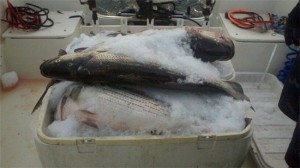
Getting the Bait
Live eels are very easy to acquire and keep alive.
Most bait shops sell eels individually and some stores even sell by the pound. If you are a heavy hitter, purchasing eels by the pound can save a reasonable amount of money over the long haul.
For a typical live eel trip I will bring along 40-50 live eels. Keeping this many eels in one 5 gallon bucket could cause the eels to suffocate in their own slime. To avoid a mass eel death, put a large number of eels in the live well with an inch of water or divide them amongst four or five buckets.
Eels can be tricky to get on the hook, especially if you plan on double rigging a live eel for trolling-so it can be smart keep at least a half dozen eels directly on ice. The ice will put the eel in a nearly comatose state, making the “snake” a lot easier to hook.
Versatility
One of the best advantages of fishing with live eels is the inherent versatility of the live eel presentation. Live eels can be cast, drifted and trolled with ease. However the details involved in each technique can have a dramatic effect on the success of each presentation.
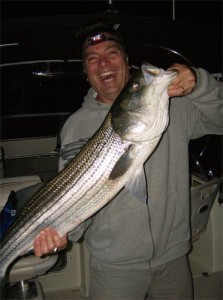
Trolling an eel can be a nice addition to a trolling spread. Typically I will begin a trip by trolling two tube and worm rigs and one live eel. This way I can tell if the bass prefer the eel or the tube, which seems to change on a trip by trip basis. I will usually use lead core line for trolling eels, and will start by hooking the eel through the snout with a size five or six live bait hook. I will adjust the amount of lead core according to the depth of the marks on the sonar, engage the reel and troll the eel as if it was a tube.
Sometimes when trolling eels, bass will nip at the tail end of the eel and miss the hook. This can be extremely frustrating. The solution is to rig the eel with an additional tail hook. It took some trial and error before figuring out how to do this without the eel turning himself into the dreaded “eel ball,” but with certain preparations it can be done.
Take a look at the diagram image included at the end of this article for how to rig a live eel with a tail hook.
Maximizing efficiency and time spent on the water is a concept that will greatly improve fishing success. Adding live eels to an angler’s arsenal is one of many strategies that help put more big fish in the boat.
Just remember to keep a lid on the bait bucket!
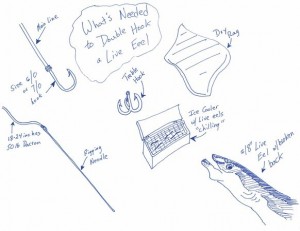

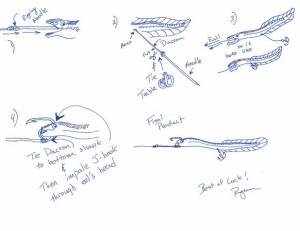
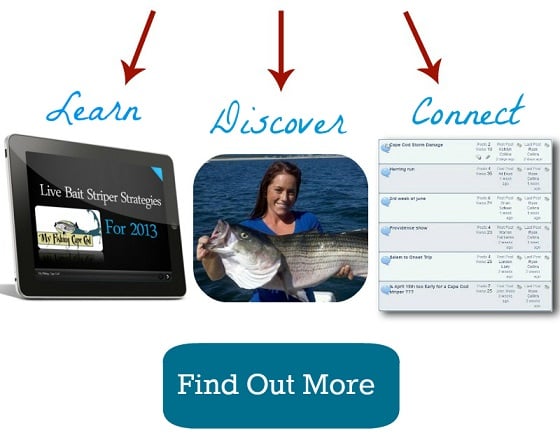

I appreciate you sharing the knowledge!
Glad you found this post helpful Woodrow!